Lice, pinkeye and 7 more back-to-school problems
These common bugs and body issues should be on every parent's radar.

The book bags are packed, the carpool is scheduled and you’re ready for the new school year. But are you really ready? From head lice to bad breath, September can mean bugs and body issues, whatever your child’s age.
If you haven’t already, make sure your kids’ immunizations are current before they hit the classroom. Then, brush up on those other problems they… Show More
The book bags are packed, the carpool is scheduled and you’re ready for the new school year. But are you really ready? From head lice to bad breath, September can mean bugs and body issues, whatever your child’s age.
If you haven’t already, make sure your kids’ immunizations are current before they hit the classroom. Then, brush up on those other problems they could bring home. Here are some of the most common—plus, smart ways to treat them, fast.
Show Less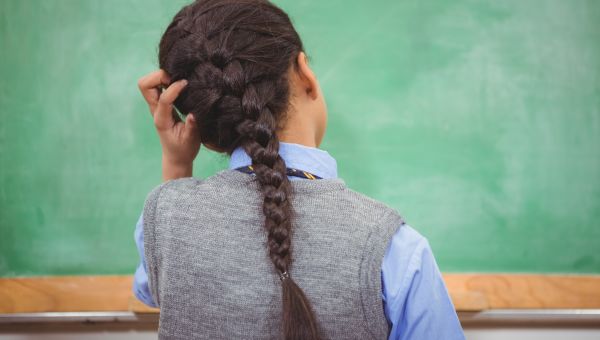
Head Lice
What they are: Tiny, wingless bugs that suck human blood. They can live on a person’s scalp, eyebrows and eyelashes. Adult lice look like sesame seeds; eggs are oval and located near the scalp. Head lice aren’t known to spread disease.
Symptoms: An itchy scalp—caused by bites or crawling bugs—… Show More
What they are: Tiny, wingless bugs that suck human blood. They can live on a person’s scalp, eyebrows and eyelashes. Adult lice look like sesame seeds; eggs are oval and located near the scalp. Head lice aren’t known to spread disease.
Symptoms: An itchy scalp—caused by bites or crawling bugs—is a telltale sign of lice. If your child is scratching their head incessantly, do a visual check for lice or eggs on the scalp and hair.
How they're spread: The most common cause of transmission is direct contact with an infected person’s hair. You can also contract lice by coming into contact with bug- or egg-infested bedding, combs, brushes and clothing.
Treatment: Over-the-counter (OTC) or prescription meds and shampoos can remove head lice. You’ll also need to clean anything the infected person’s head touched in the two days before treatment, such as bed linens and brushes. Wash bed linens and other clothes in hot water; dry on high heat. Vacuum infested carpets and furniture.
What to do: The Centers for Disease Control and Prevention recommends that schools send infected kids home at the end of the day. Children can return to school after starting treatment. To prevent the possible spread of lice, kids should avoid head-to-head contact and shouldn’t share items like hats or brushes.
Show Less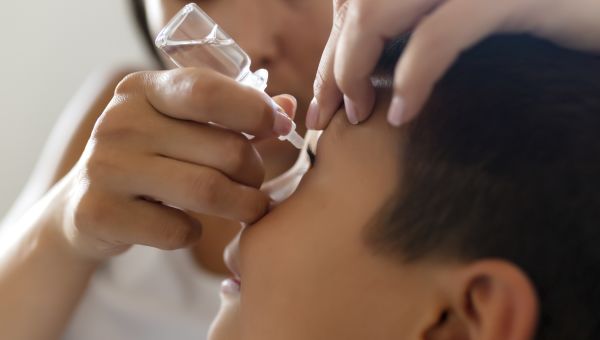
Pink Eye (Conjunctivitis)
What it is: A pink or red inflamed eye caused by bacteria, viruses, irritants or allergies.
Symptoms: Pain, itching, swelling, burning, discharge and redness of the eye are common conjunctivitis symptoms. You can have other symptoms depending on the cause of your conjunctivitis—whether,… Show More
What it is: A pink or red inflamed eye caused by bacteria, viruses, irritants or allergies.
Symptoms: Pain, itching, swelling, burning, discharge and redness of the eye are common conjunctivitis symptoms. You can have other symptoms depending on the cause of your conjunctivitis—whether, for example, it’s viral versus bacterial.
How it’s spread: Viral and bacterial conjunctivitis are highly contagious. You can contract pinkeye by touching or shaking hands with an infected person or from touching a contaminated surface, then touching your eyes.
Treatment: Mild cases may get better on their own, but take your child to the pediatrician if symptoms get worse and/or if there’s moderate or severe pain, intense redness, blurred vision or sensitivity to light. Your doctor may prescribe antibiotic drops or ointment.
What to do: Your child can return to class after 24 hours of treatment for bacterial pink eye, but could miss up to a week of school with viral pink eye. Teach your child to wash their hands often to prevent infection.
Show Less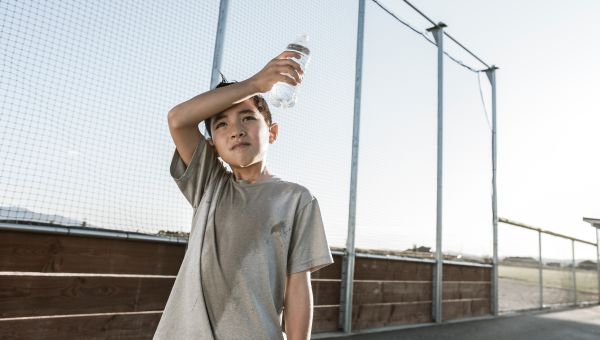
Body Odor
What it is: As your child goes through puberty, you may notice body odor making its stinky debut. Girls typically begin puberty between ages 8 to 13; boys, between ages 9 to 15. And while BO may seem like no big deal, it can lead to embarrassment and self-consciousness.
What to do: If your child’s… Show More
What it is: As your child goes through puberty, you may notice body odor making its stinky debut. Girls typically begin puberty between ages 8 to 13; boys, between ages 9 to 15. And while BO may seem like no big deal, it can lead to embarrassment and self-consciousness.
What to do: If your child’s gym clothes are extra smelly these days, it’s time to have a talk about deodorant and antiperspirants. Deodorants can help mask body odors while antiperspirants control perspiration. Healthy hygiene habits like regular showers and changing clothes frequently can also help reduce odor.
Show Less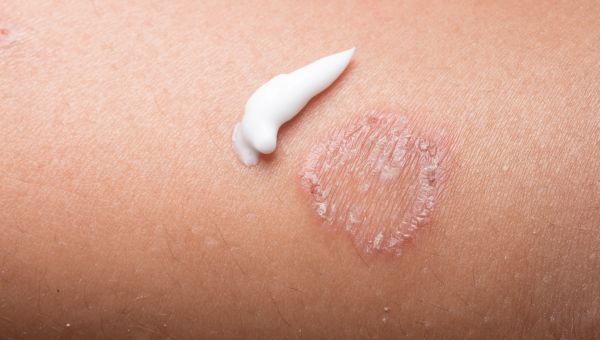
Ringworm
What it is: This fungal infection is caused by parasites that live on skin cells. It develops in moist places such as skin creases, the groin, in between toes, and on the nails and scalp.
Symptoms: Ringworm symptoms can vary depending on where they appear on the body. In general, ringworm is… Show More
What it is: This fungal infection is caused by parasites that live on skin cells. It develops in moist places such as skin creases, the groin, in between toes, and on the nails and scalp.
Symptoms: Ringworm symptoms can vary depending on where they appear on the body. In general, ringworm is described as a red, scaly rash in the shape of a ring. If ringworm is on the scalp, it’ll look like a scaly, red bald spot; this type of ringworm is more common in kids than it is in adults. Athlete’s foot, or ringworm on the feet, appears as red, peeling skin between the toes.
How it’s spread: Ringworm can spread through infected people and animals such as cats and dogs. Ringworm can also survive on surfaces, such as shower tile and locker room floors.
Treatment: Your doctor may suggest prescription or OTC anti-fungal creams or medications depending on the severity of your ringworm. After 48 hours of treatment, it’s no longer contagious. Ringworm of the scalp must be treated with a prescription antifungal medication.
What to do: Your child can go to school, but make sure they wear clothes that cover the infected area.
Show Less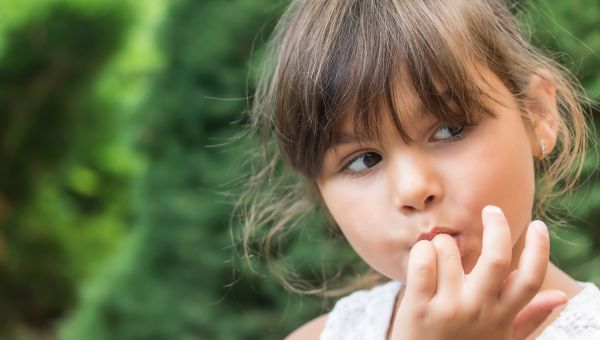
Pinworms
What they are: Pinworms are tiny parasites that can live in the colon and rectum. You contract pinworms when you swallow their eggs. They’re about the length of a staple and can spread easily.
Symptoms: Itching and irritation around the anus, especially at night.
How they're spread: Pinworms… Show More
What they are: Pinworms are tiny parasites that can live in the colon and rectum. You contract pinworms when you swallow their eggs. They’re about the length of a staple and can spread easily.
Symptoms: Itching and irritation around the anus, especially at night.
How they're spread: Pinworms are spread through the fecal-oral route. If an infected person touches their anus, the eggs can stick to their fingertips. Infection can spread through hands, clothes, bedding and even food. Eggs can survive on surfaces for up to two weeks.
Treatment: Your doctor may recommend that the entire family take OTC or prescription meds. You should also wash all sheets, pajamas and underwear in hot water, and clean surfaces like toys and toilet seats, too.
What to do: While your child can still attend school, you can help them avoid reinfection by having them skip out on sleepovers during and for two weeks after treatment. To prevent infection or reinfection, kids should wash their hands often, shower before bed and change underwear daily.
Show Less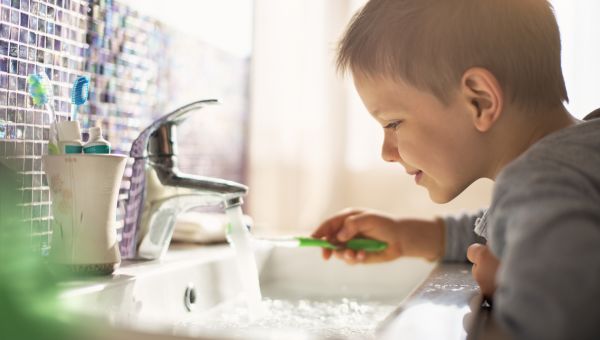
Bad Breath
What it is: Have you noticed your child has “morning breath” all day? They might not be practicing good dental hygiene. Tongue coating, gingivitis and tooth decay are all caused by a lack of brushing or flossing, which can intensify the embarrassing odor and wreak havoc on your kids’ oral health.
What it is: Have you noticed your child has “morning breath” all day? They might not be practicing good dental hygiene. Tongue coating, gingivitis and tooth decay are all caused by a lack of brushing or flossing, which can intensify the embarrassing odor and wreak havoc on your kids’ oral health.
What to do: The American Dental Association recommends you help kiddos between the ages of 3 and 6 brush their teeth (or brush them yourself) with a pea-size amount of toothpaste, two times a day. Kids over the age of 6 should brush their own teeth twice daily for at least two minutes, though you can supervise to ensure they’re doing it correctly.
Show Less
Acne
What it is: About 8 in 10 teens have acne, which can zap self-confidence and cause embarrassment. Acne causes pimples, blackhead or whiteheads to form. The exact cause of acne is unknown, but hormonal changes are thought to play a role.
What to do: If you notice acne, talk to your child’s… Show More
What it is: About 8 in 10 teens have acne, which can zap self-confidence and cause embarrassment. Acne causes pimples, blackhead or whiteheads to form. The exact cause of acne is unknown, but hormonal changes are thought to play a role.
What to do: If you notice acne, talk to your child’s doctor or dermatologist about the best treatment. They may prescribe creams, lotions or pills to keep acne under control and prevent scarring. In the meantime, your child should avoid touching their face and gently wash the infected area once to twice a day.
Show Less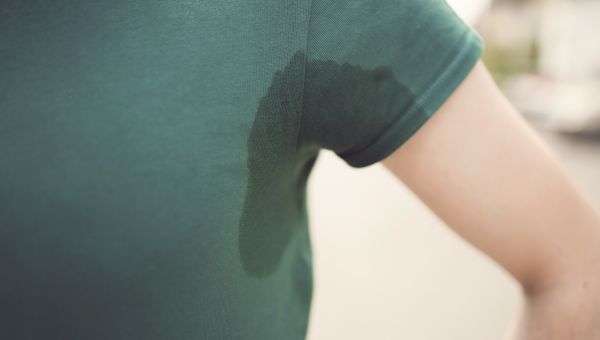
Excess Sweat
What it is: Excessive sweating, also called hyperhidrosis, usually occurs in the hands, feet, underarms or face, and worsens during stressful situations or warm weather.
Symptoms: If your child is sweating even when it’s cold outside, or if they have difficulty holding objects or using touch… Show More
What it is: Excessive sweating, also called hyperhidrosis, usually occurs in the hands, feet, underarms or face, and worsens during stressful situations or warm weather.
Symptoms: If your child is sweating even when it’s cold outside, or if they have difficulty holding objects or using touch screens because of perspiration, it could be hyperhidrosis.
What to do: Talk to your doctor. Non-surgical treatment options include prescription-strength antiperspirants or oral medications, low-voltage electrical therapy and even Botox. In severe cases, doctors may recommend surgery if other treatments haven’t worked.
Show Less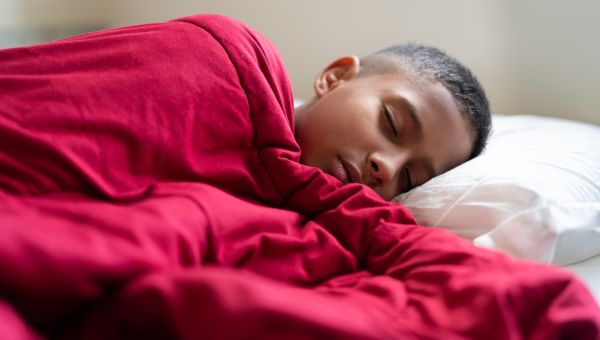
Mono
What it is: Mononucleosis—also called “mono” or the “kissing disease”—is an infection usually caused by the Epstein-Barr virus. Though younger kids can get it, mono typically strikes between ages 15 and 25.
How it’s spread: Through saliva. That means kids should avoid sharing lipstick… Show More
What it is: Mononucleosis—also called “mono” or the “kissing disease”—is an infection usually caused by the Epstein-Barr virus. Though younger kids can get it, mono typically strikes between ages 15 and 25.
How it’s spread: Through saliva. That means kids should avoid sharing lipstick and lip balm, as well as straws, utensils and food. Kissing someone with known mono is also ill-advised.
Symptoms: Extreme fatigue is mono’s hallmark, but it often brings on fever, sore throat, swollen glands, headaches and body aches, as well. Sometimes, the spleen or liver might become enlarged. Mono can be mistaken for other illnesses, like the flu.
What to do: There’s no drug treatment to get rid of mono. It often takes about two to four weeks for the illness to pass, though it may be longer in some cases. In the meantime, kids should rest up and drink lots of fluids. OTC meds can help alleviate pain and control fever, but avoid aspirin. Ask your child’s doctor when it’s okay to return to sports or other strenuous activities.
Show LessMore On


video

article

slideshow


video


video
